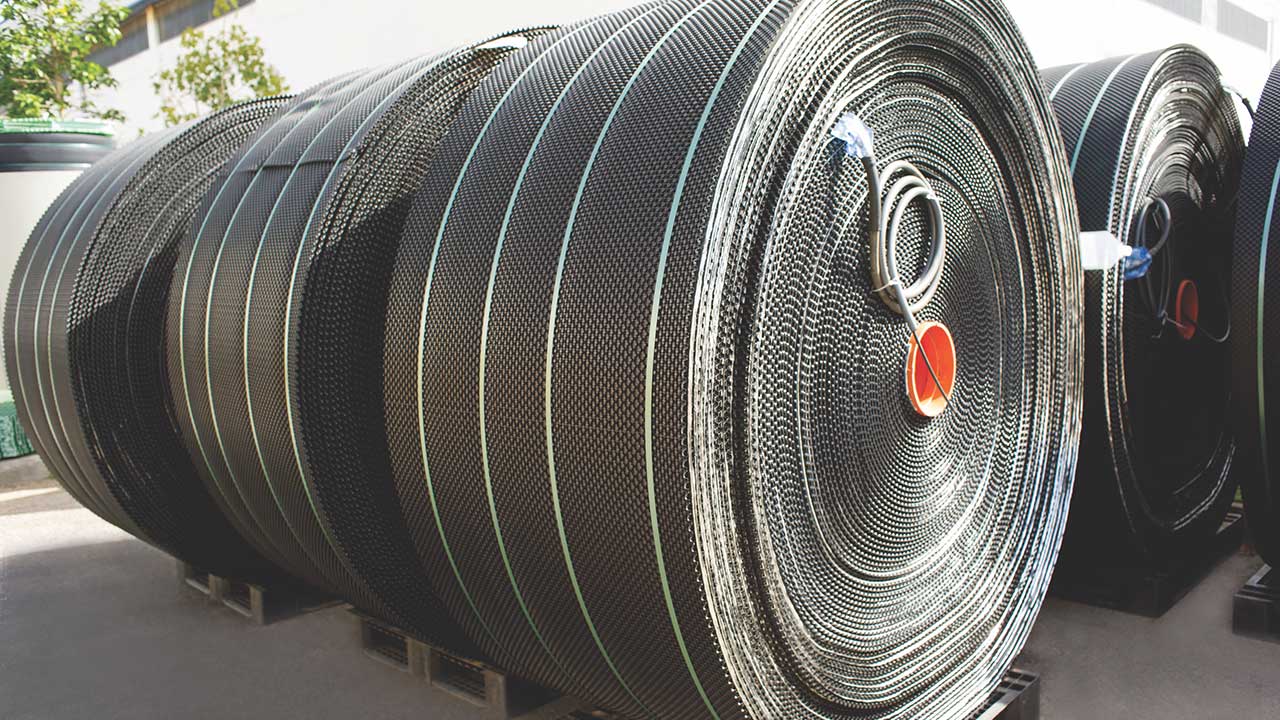
Fluence’s revolutionary MABR wastewater treatment increases capacity and effluent quality while slashing energy costs. Click here to download our MABR White Paper.
Fluence’s revolutionary Aspiral™ and SUBRE wastewater solutions provide high-quality treatment while slashing energy costs
Membrane aerated biofilm reactor (MABR) wastewater treatment technology provides a long list of benefits: low-odor, low-noise operation, unprecedented fast-track installation and commissioning, easy operation and maintenance, and agile scalability. It’s deeply disruptive in several ways, providing:
- Slashed operating expenses
- Smaller footprint
- Consistently higher effluent quality and capacity
Fluence’s MABR White Paper explains the challenges facing owners and operators who are using outdated treatment processes, and it presents the MABR revolution in biological treatment. MABR can be used to establish or upgrade a range of applications, from small, on-site, decentralized treatment plants to retrofits of large-scale plants.
Slashed Operating Expenses
Biological treatment has long been the preferred method of wastewater treatment. Legacy activated sludge plants, however, are expensive to run because of their high energy requirements — air compression is by far the most energy-intensive part of the process.
In contrast, MABR aerates at atmospheric pressure, slashing the cost of powering air compression by as much as 90%. Instead of forcing compressed air through aerators to make bubbles, MABR uses a semi-permeable membrane that passively allows air to pass directly into the wastewater at the molecular level, making the air more available to the microorganisms that do the work. In legacy plants that use bubble aeration, most of the expensive compressed air rises to the top unused.
Legacy plants also suffer from a litany of headaches, while maintenance of MABR is simple and inexpensive, contributing to lower operating expenses.
Smaller Footprint
An MABR module is composed of a spirally wound membrane housed in a single, cylindrical tank. In MABR’s simultaneous nitrification and denitrification (SND) process, both take place in a single tank, while two or more chambers are required in legacy biological treatment.
This smaller footprint opens up a new world of possibilities. Plug-and-play Aspiral™ MABR units can be quickly shipped worldwide to establish decentralized treatment, while SUBRE modules are submerged in existing large-scale treatment plants to upgrade capacity and effluent quality with no construction necessary.
Consistently High Effluent Quality
An MABR project with a capacity of 11 m3/d recently underwent a rigorous, yearlong testing regimen at Stanford University’s Codiga Resource Recovery Center (CR2C), establishing MABR’s compliance with California’s stringent Title 22 standards. And, lengthy MABR demonstration projects in the People’s Republic of China proved MABR’s compliance with PRC Class 1A effluent standards, leading to growing adoption of the technology in applications from small villages to highway rest areas.
MABR: The Evolution of Biological Treatment
With water scarcity challenges making water reuse an imperative, MABR now brings it within reach of a much wider market. It’s a simple, economical way to meet increasingly strict water quality regulations. And the scalability of Smart Packaged Aspiral MABR means capacity can be upgraded with the addition of more units. Units that are no longer needed can easily be moved or sold.
MABR’s operation is low-noise, low-odor, and has low environmental impact, preserving aesthetics, quality of life, and all-important local relationships. Fluence understands that owners and operators need to take control of an unpredictable water future with resilient, no-headache technology.
